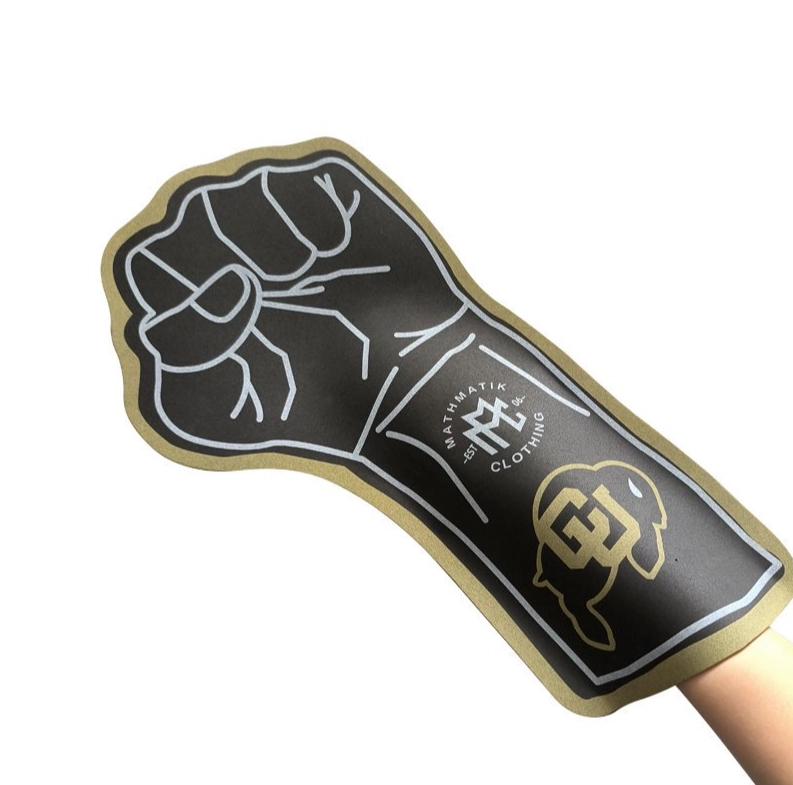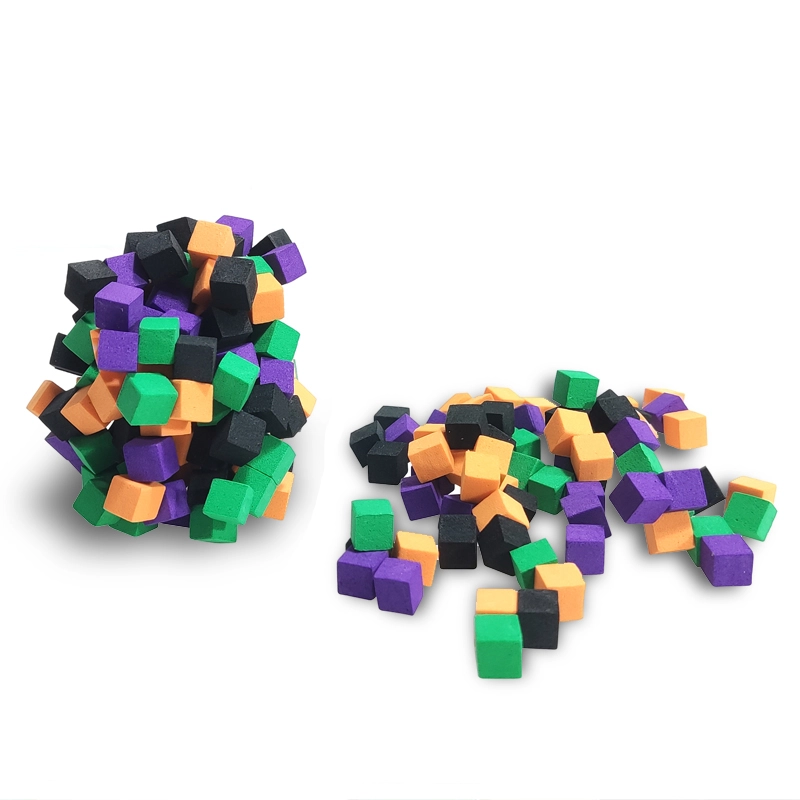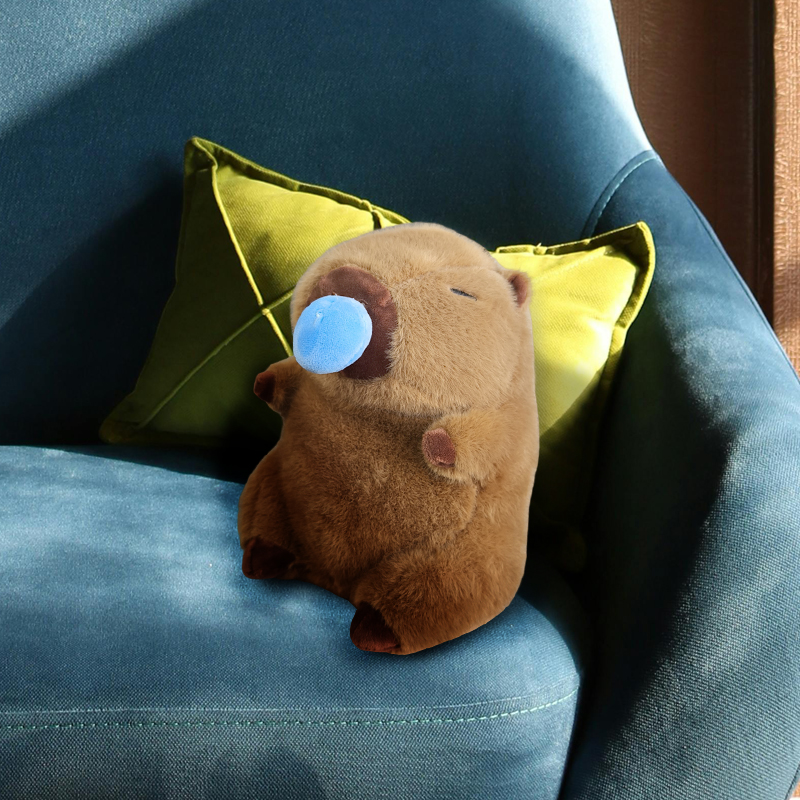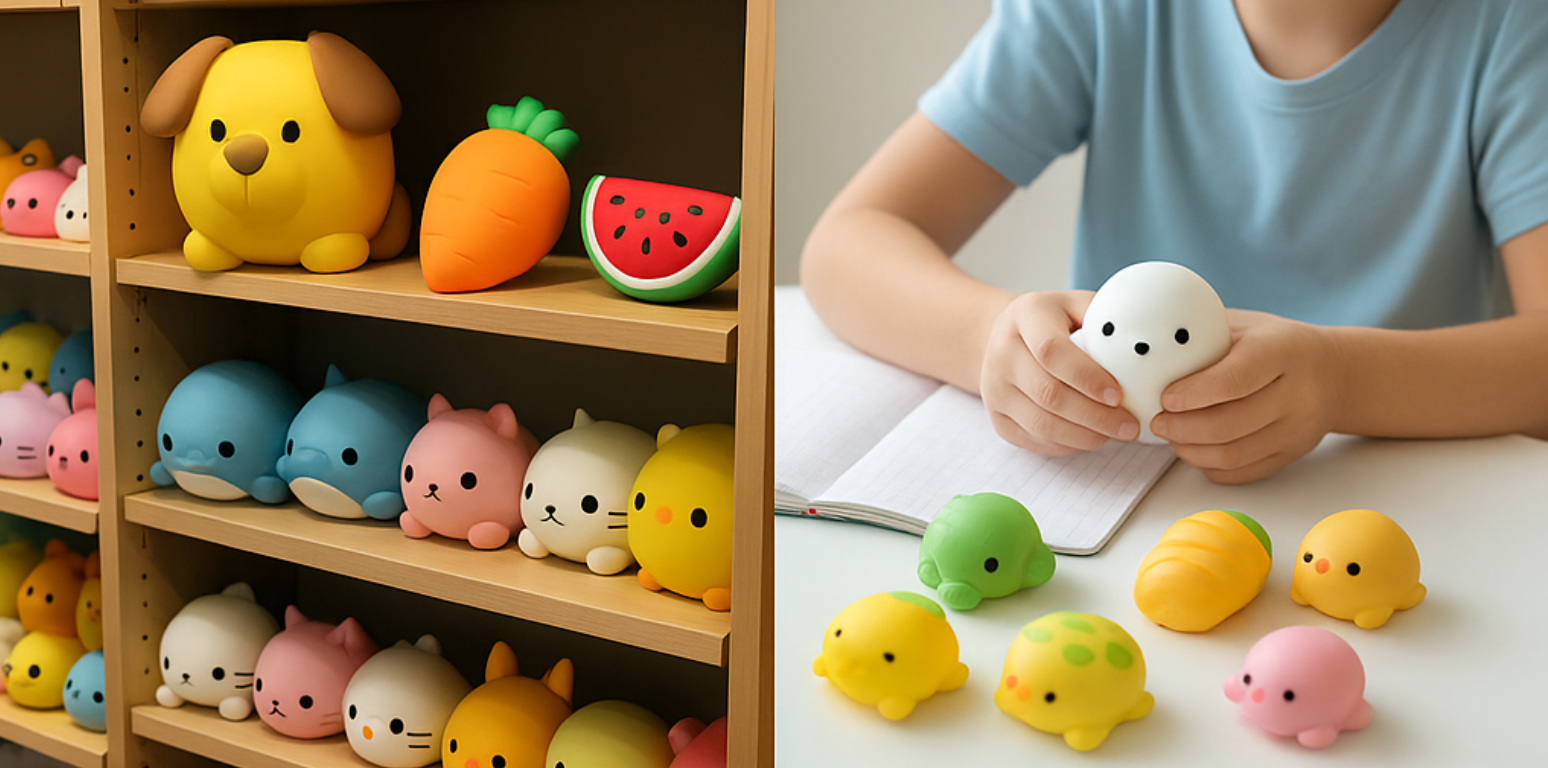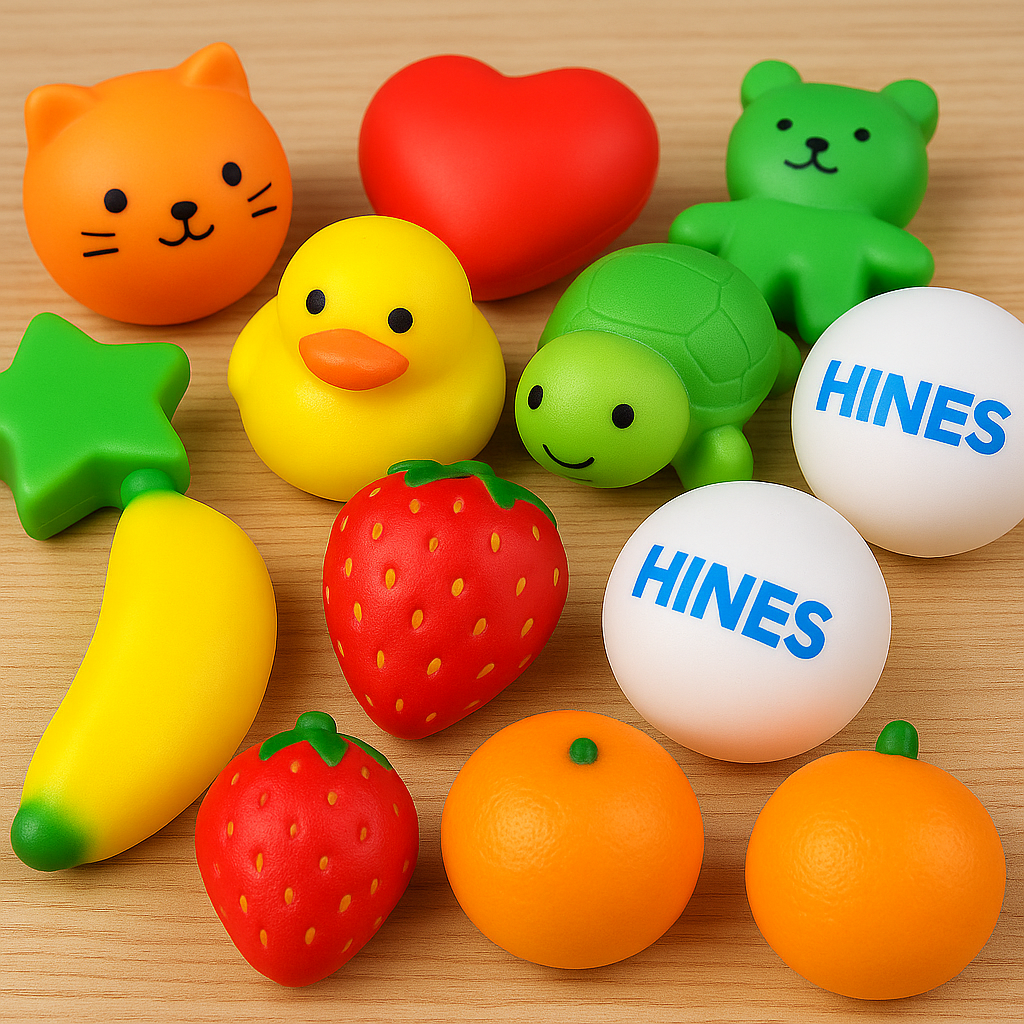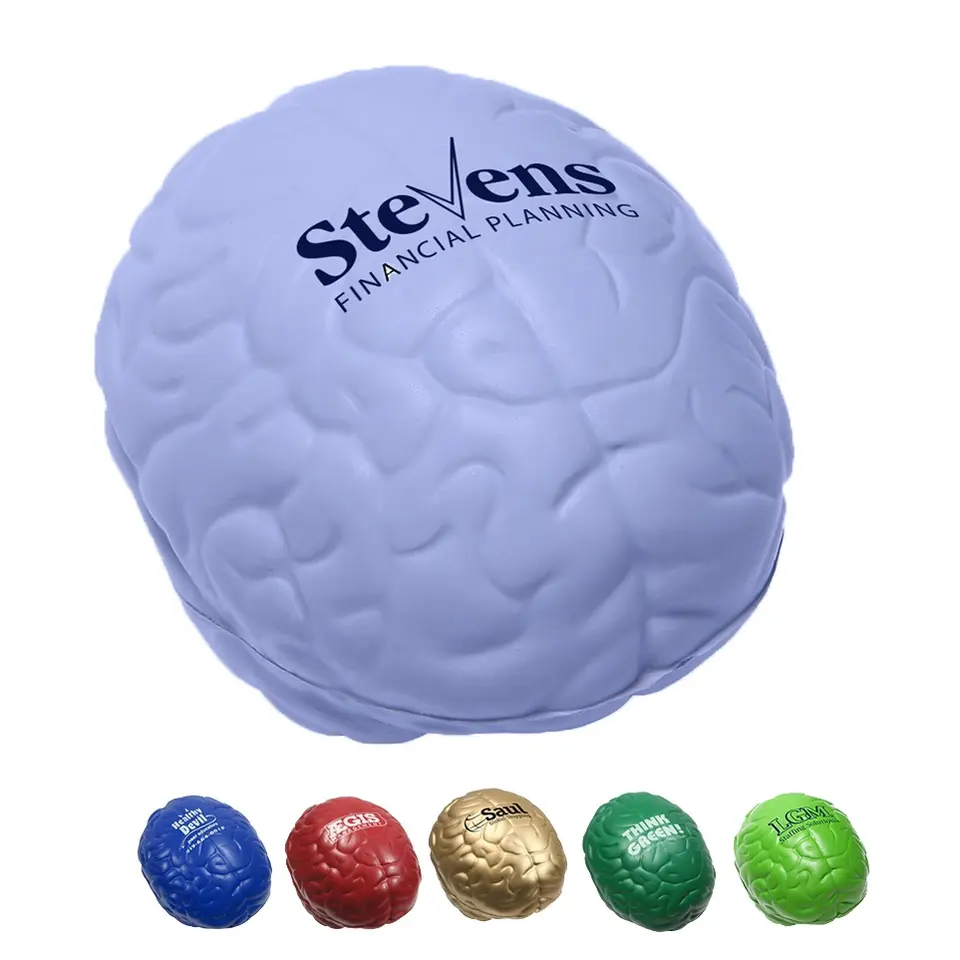
Logo Integration Done Right: Printing and Embossing Options for PU Toys
In a crowded global market, businesses are always searching for ways to make their brand stand out and stick in people’s minds. PU toys—stress balls, squishies, and custom foam figures—have proven to be effective promotional tools, educational aids, and therapy devices. But what makes them truly powerful for branding is not just their function—it’s the logo integration.
The moment a customer squeezes, plays with, or keeps a toy at their desk, the logo becomes a daily reminder of the brand. The question is: how can factories ensure that logos look professional, last long, and enhance the value of the product?
The answer lies in printing and embossing techniques, two methods that, when done right, can transform a PU toy into a memorable brand ambassador.
Printing Options: Versatility Meets Visibility
Printing remains the most widely used technique for logo integration, and for good reason:
-
Pad Printing
Perfect for curved surfaces like round stress balls. Pad printing allows multiple colors and fine details, ensuring logos remain sharp even on small toys. -
Screen Printing
Best suited for flat or larger surfaces such as foam blocks or squishy toys. It provides bold, high-contrast logos that are easy to recognize from a distance. -
Full-Surface Printing
Allows 360° coverage around the toy. This is ideal for retail squishies or promotional campaigns where the toy itself becomes a canvas for storytelling.
Printing makes toys visually striking, aligning them with campaign themes and ensuring maximum logo exposure. However, for buyers, it’s also important to ask about ink durability, color matching, and safety compliance—since poorly executed prints may fade or peel.
Embossing and Debossing: Permanence with Elegance
While printing dominates promotional giveaways, embossing and debossing provide a premium alternative.
-
Embossing raises the logo above the toy’s surface, creating a tactile 3D effect. Users not only see but also feel the brand, which reinforces memorability.
-
Debossing presses the logo into the foam, offering a sleek, understated, yet professional look.
Unlike printing, these methods are permanent. The logo won’t wear off even after thousands of squeezes, making them ideal for long-term campaigns, collectible items, or high-value gifts. For brands targeting premium positioning, embossing offers a sense of craftsmanship and exclusivity.
Combining Techniques for Impact
Some businesses prefer to combine techniques—for example, embossing a logo and then applying colored ink within the raised or recessed area. This creates a multi-sensory branding experience: the logo both looks and feels distinctive.
This hybrid approach is particularly effective for:
-
Limited edition product runs
-
High-end promotional items
-
Retail foam toys that need differentiation on store shelves
By blending visual and tactile elements, companies create toys that command attention and encourage repeated interaction.
Industry Applications: Where Logos Make the Difference
The way logos are integrated directly impacts how toys perform in their respective industries:
-
Corporate Promotions
Stress balls with vibrant pad-printed logos are staples at trade shows and conferences. Their low cost and high impact make them ideal for mass distribution. -
Healthcare & Awareness Campaigns
Debossed heart-shaped stress toys with hospital logos or embossed ribbons for awareness campaigns provide long-lasting visibility while aligning with meaningful causes. -
Retail & E-commerce
Squishies with full-surface designs or embossed character logos stand out in crowded marketplaces. Their visual appeal often translates into higher sales and collectibility. -
Education
Foam blocks with printed or debossed letters, numbers, or school logos create both branding and functional learning tools.
In each scenario, the durability and clarity of the logo directly impact customer perception of product quality—and by extension, the brand itself.
Buyer Concerns: What to Ask Before Choosing
For B-end clients, logo integration is not only about aesthetics—it’s about minimizing risks. When selecting printing or embossing options, buyers should ask:
-
Color Accuracy – Can the factory guarantee Pantone matching for strict brand guidelines?
-
Durability – Will printing resist frequent squeezing, or is embossing a better choice?
-
Safety – Are inks and finishes compliant with international standards like EN71, ASTM, and CPSIA?
-
Cost Efficiency – Which method is better for bulk orders vs. small custom runs?
-
Lead Time – Does embossing require longer mold preparation compared to pad printing?
By clarifying these factors, businesses ensure that the branding investment delivers real returns.
Why Hines Is the Right Partner for Logo Customization
At Hines, we treat every logo as a brand promise. Our factory capabilities are designed to maximize both visual impact and durability:
-
Pad, screen, and full-wrap printing with long-lasting, safe inks
-
Embossing and debossing for premium, permanent branding
-
Precision Pantone color matching for consistent brand identity
-
Safety compliance with EN71, ASTM, CPSIA, and other global standards
-
Scalable OEM solutions, from small pilot runs to container-size bulk orders
We believe logo integration should enhance the value of the toy, not compromise it. That’s why our approach balances creativity, practicality, and compliance.
Learn more about our customization expertise on the Home page, or reach out through Contact Us to discuss your next project.


